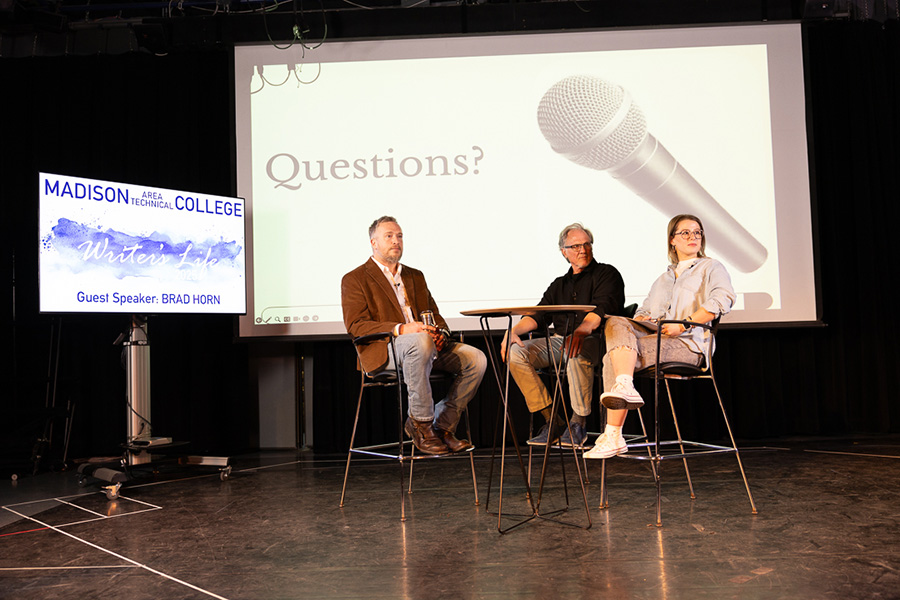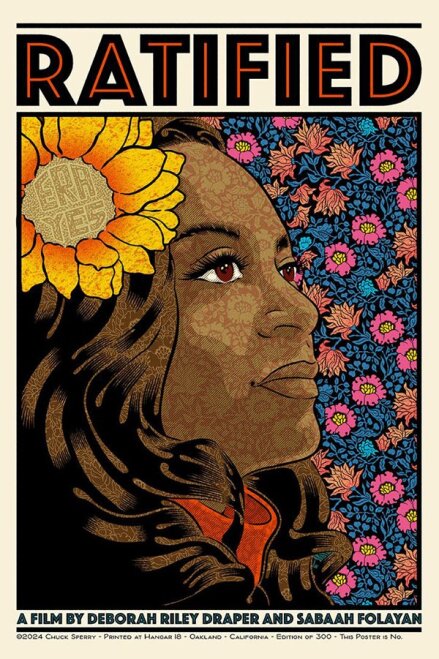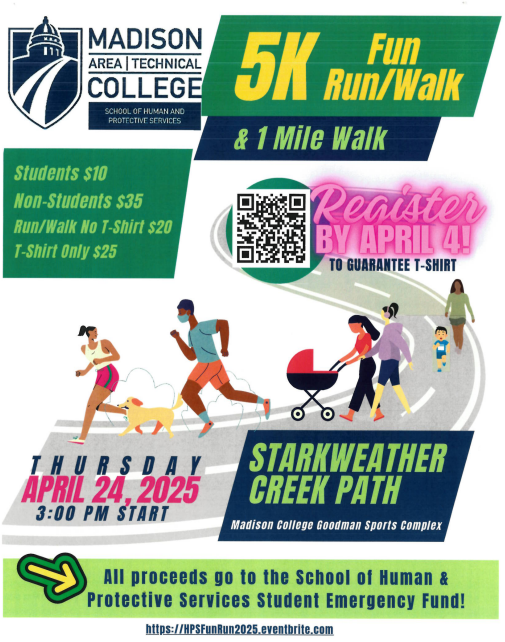Institutionalized sexism alive and well in Washington
March 2, 2016
Earlier this year, the Center for Disease Control and Prevention (CDC) became another notch in the belt of a long line of government agencies throughout United States history whose aim is to scare women. The CDC manages a monthly report called “Vital Signs” that “links science, policy, and communications with the intent of communicating a call-to-action for the public,” according to the website. On the first Tuesday of every month, the CDC releases graphic fact sheets, social media tools, and maintains a website about public health issues. These issues include everything from cardiovascular disease to foodborne illness, and are available in both English and Spanish. Most reports on Vital Signs are concise, informative, and full of practical solutions. However, the CDC missed the mark this month with an insultingly sexist, victim-blaming, and somewhat unscientific report.
On Feb. 2, the CDC released their report “Alcohol and Pregnancy: Why Take the Risk?” The title is innocuous enough. Most people would agree that alcohol consumption during pregnancy is not a great idea. Excessive alcohol use during pregnancy can lead to fetal alcohol spectrum disorders, which may include physical, behavioral, and intellectual disabilities. Fetal alcohol spectrum disorders are tragic, and absolutely need to be prevented. Despite this, the devil is in the details. The CDC recommended that women who are pregnant, or who might become pregnant, abstain from consuming alcohol. In so many words, they effectively advised that women quit drinking alcohol unless they are on birth control.
Besides instilling the fear of harming a future fetus, the infographic also lists other outcomes of drinking alcohol as a “non-pregnant” woman. Who knew that violence, sexually transmitted diseases (STDs), and unintended pregnancy were all direct side effects of drinking alcohol for women? I think the CDC might be missing a few links here. Last time I checked, all of those things took another individual to make happen. In heterosexual relationships, you would need to add a man to the equation, or, at the very least, a donation of sperm.
Do we live in a world where the CDC would ever dream of putting out a recommendation that all fertile men refrain from drinking unless they were using birth control? Absolutely not! If they did, imagine the copious amount of free condoms that would be available; the half priced vasectomies!
When talking about pregnancy in the United States, every shred of responsibility is put on a woman’s shoulders. If it was not the short skirt you wore that got you pregnant, then it is your favorite merlot. In a similar vein, the CDC is helping to say that it is not your boyfriend’s elbow that gave you a black eye, it is the alcohol. Clearly. Incredulously, all of this from an infographic that demotes women to the role of potential baby-maker, listing them as either pregnant, or just non-pregnant.
Aside from blaming and shaming, their advice is not even sound from a scientific perspective. A poison’s danger lies in its dose. On that note, figuring out just how much of the substance in question is safe to consume is key. Many things we come in contact with on a daily basis can be toxic. Drink six liters of water and it will be the last thing you do.
So, will a few drinks in the first few weeks of pregnancy be detrimental to a future baby’s health? Studies certainly do not show that it will. In a broad review of medical studies and articles about alcohol and pregnancy, website “Science-Based Medicine” points out that there are simply “no studies showing harmful effects from 1–3 drinks a week.” The website also stated that no link has been found between maternal drinking and autism. In fact, women who drank heavily during pregnancy had lower rates of autism overall. Where does one draw the line when forbidding harmful substances? Why stop at alcohol when eating sushi and taking medicine can harm a prenatal baby? All women not on birth control might as well refrain from eating those delicious spicy tuna rolls now.
After receiving swift public backlash, deputy director of the CDC, Anne Schuchat stated to The New York Times, “We weren’t as clear as we hoped to be.” Well, I certainly hope so!
If the CDC had kept in mind the tone and language it chose, and included all genders and their prospective roles in alcohol consumption, before and during pregnancy, they could have produced a really effective public service announcement. One can only hope that they will reflect upon this poor representation of a health issue in their upcoming reports.






























